Trump Takes a Swing at China with Tariffs
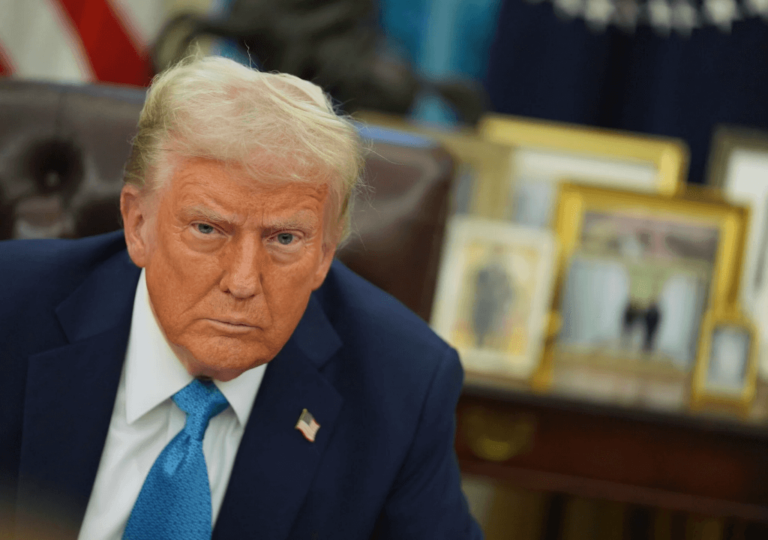
Trump imposes new tariffs on China, escalating trade tensions while signaling a tougher stance on economic policies

Trump imposes new tariffs on China, escalating trade tensions while signaling a tougher stance on economic policies

COP29 in Azerbaijan faced criticism for its focus on oil and lack of significant climate action
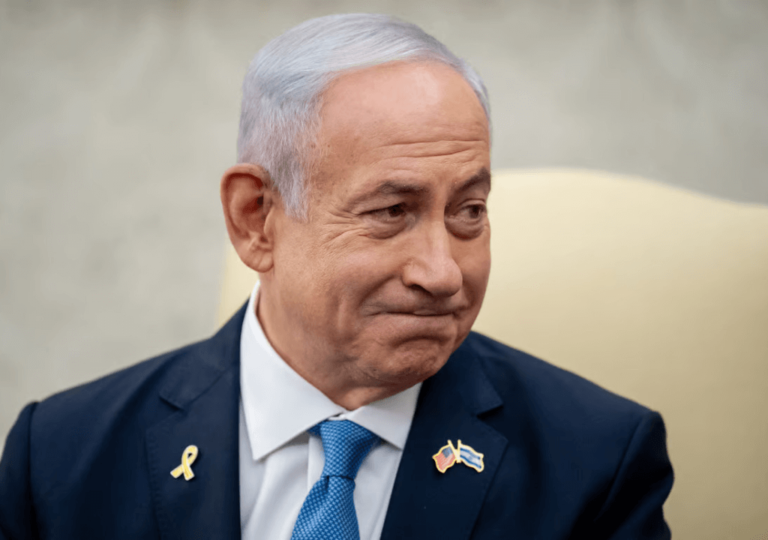
International Criminal Court issues arrest warrants for Netanyahu and Gallant over alleged war crimes and crimes against humanity in Gaza

Donald Trump has been confirmed as the next U.S. president, defeating Kamala Harris in a historic election
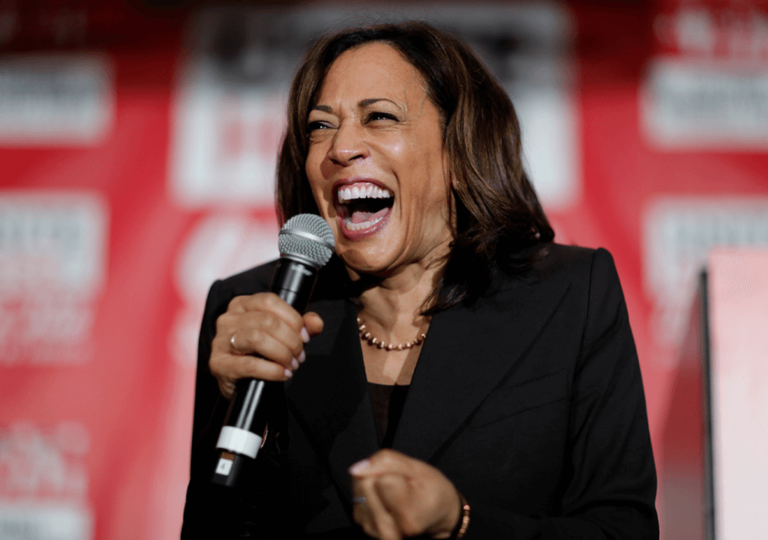
Israel's war on Gaza continues, with the U.S. facing challenges in mediating effectively amid political divide

A U.S. ceasefire demand in the Israel-Hamas conflict faces resistance as humanitarian crises deepen in Gaza
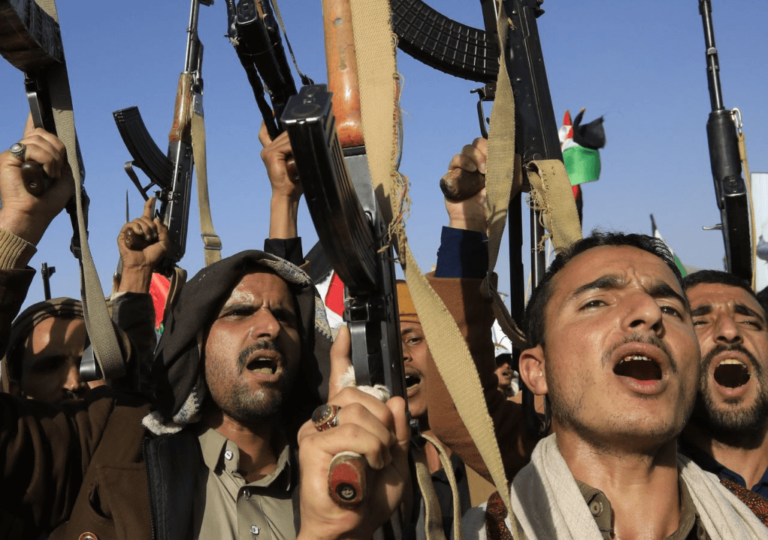
The Islamic world lacks a superpower to challenge Israel due to U.S. dominance and weakened regional leadership

Indonesia's geopolitical stance and investment challenges amid U.S.-China tensions
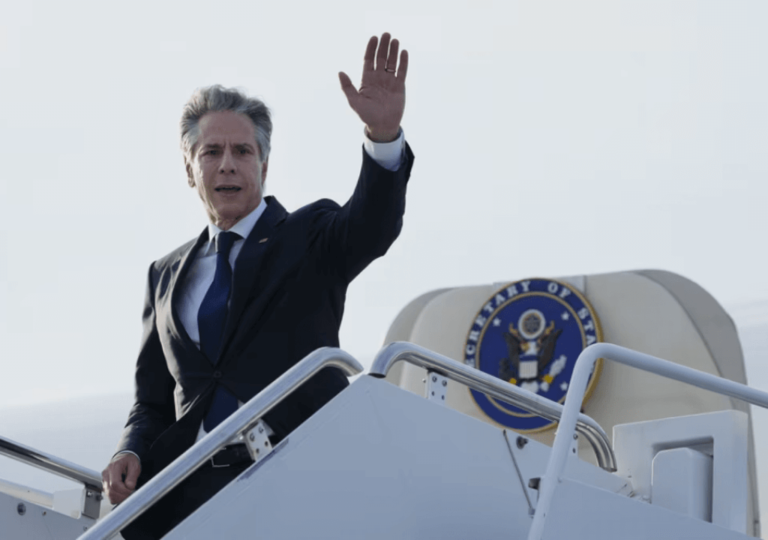
U.S. Secretary of State Antony Blinken visited Singapore to strengthen Indo-Pacific ties
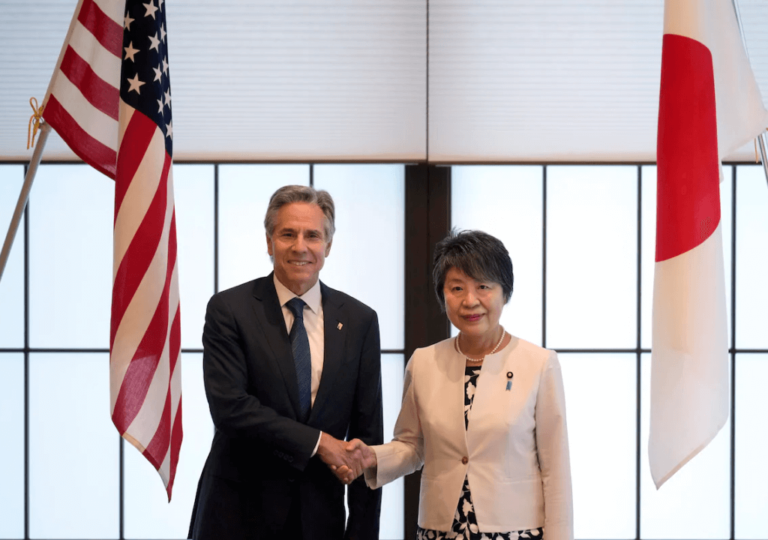
US and Japan bolster military ties amid rising tensions with China